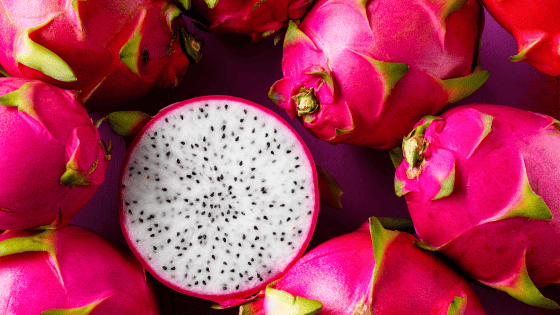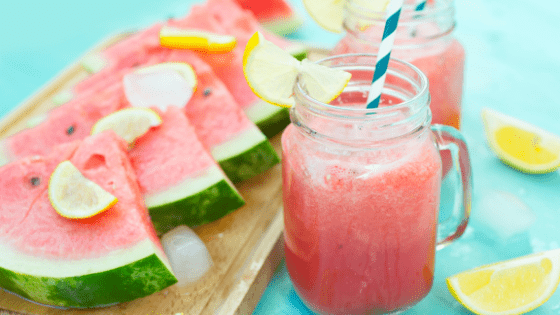25+ Fruits That Start With I – With Descriptions
This list of fruits all start with the letter I.
Get ready for some truly unique fruits 🙂
The letter ‘I’ interlaces an illustrious list of fruits. Some are instantly identifiable, while others inspire an itch to investigate further.
Whether indigenous to remote islands or integrated into international cuisines, each fruit in this inventory carries its own individuality.
List of Fruits That Start With I
Ice Cream Bean (Inga edulis): Native to South America, its long pods encase a fluffy, sweet pulp reminiscent of vanilla ice cream.
Illawarra Plum (Podocarpus elatus): An Australian native, this dark-purple fruit boasts a sweet, plum-like flavor with a piney aftertaste.
Imbe (Garcinia livingstonei): A small, orange-red fruit from Africa with a tart flavor that resembles that of a mango or lychee.
Indian Almond (Terminalia catappa): While primarily grown for its ornamental value, the seeds within the fruit are edible and almond-like in taste.
Indian Date (Tamarind): A sour and sweet pulp that’s widely used in cuisines around the world, especially in sauces and candies.
Indian Fig (Opuntia): Also known as prickly pear, its juicy flesh can range from sweet to bland.
Indian Gooseberry (Amla): A green, tart fruit that’s a powerhouse of vitamin C and is widely used in Ayurvedic medicine.
Indian Jujube (Ziziphus mauritiana): Smaller than the common jujube, it can be consumed fresh or dried.
Indian Mulberry (Noni): Known for its pungent aroma, it’s often processed into juice which is hailed for its health benefits.
Indian Olive (Elaeocarpus serratus): This fruit, found in parts of Asia, is sour in taste and often used in pickles.
Indian Prune: A tropical tree fruit that is dark purple-black when ripe, with a sweet and slightly acidic taste.
Indian Strawberry (Mock Strawberry): Looks like a strawberry but has a very bland taste.
Indigo Berry: Found in Florida, these berries are not typically consumed due to their very bitter taste.
Inkberry: A dark-colored berry, often consumed by birds but can be used to make jellies.
Ink Nut: Also known as Haritaki in Ayurvedic medicine, it is a medicinal fruit with astringent properties.
Intsia Palembanica: A hardwood tree with fruit that is sometimes consumed, native to parts of Southeast Asia.
Ipecacuanha: While it produces berries, they’re not typically consumed due to their emetic properties.
Irvingia (African Mango): Often used in dietary supplements, the fruit itself is juicy and sweet.
Isu (Dacryodes edulis): Native to Africa, it’s a creamy, buttery fruit that’s sometimes referred to as African pear.
Ita Palm: Found in South America, this palm produces small edible fruits.
Ivory Apple: A fruit from Australia, it has a crisp texture and is often used in jams and jellies.
Ixia: While it produces fruits, they’re primarily ornamental and not typically consumed.
Izora Coccinea: Native to East Asia, it produces ornamental fruits that are not commonly eaten.
Izote Flower: This is the flower bud of the yucca plant, which is edible and often used in Central American cuisines.
Illama (Annona diversifolia): A close relative to the soursop and cherimoya, it’s creamy with a taste reminiscent of banana and pineapple.
For more lists of fruits, check out:
- Fruits That Start With A
- Fruits That Start With B
- Fruits That Start With C
- Fruits That Start With D
- Fruits That Start With E
- Fruits That Start With F
- Fruits That Start With G
- Fruits That Start With H
- Fruits That Start With I
- Fruits That Start With J
- Fruits That Start With K
- Fruits That Start With L
- Fruits That Start With M
- Fruits That Start With N
- Fruits That Start With O
- Fruits That Start With P
- Fruits That Start With Q
- Fruits That Start With R
- Fruits That Start With S
- Fruits That Start With T
- Fruits That Start With U
- Fruits That Start With V
- Fruits That Start With W
- Fruits That Start With X
- Fruits That Start With Y
- Fruits That Start With Z





